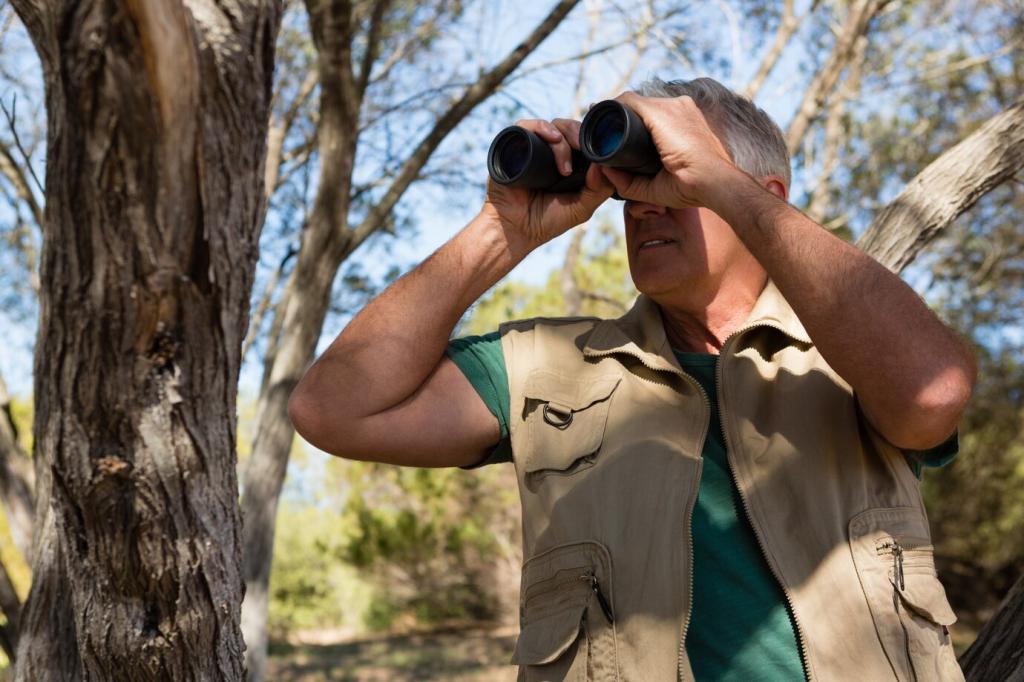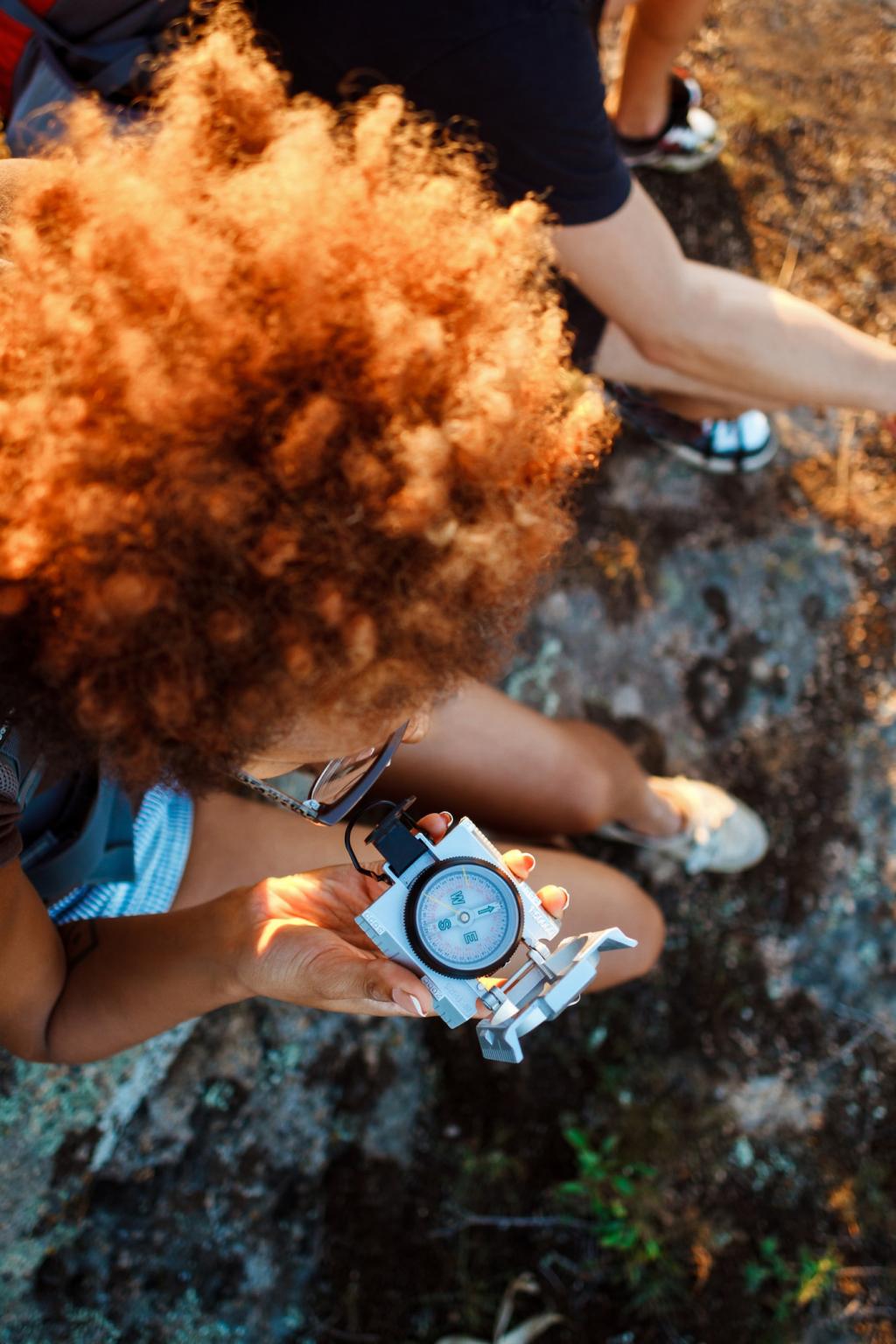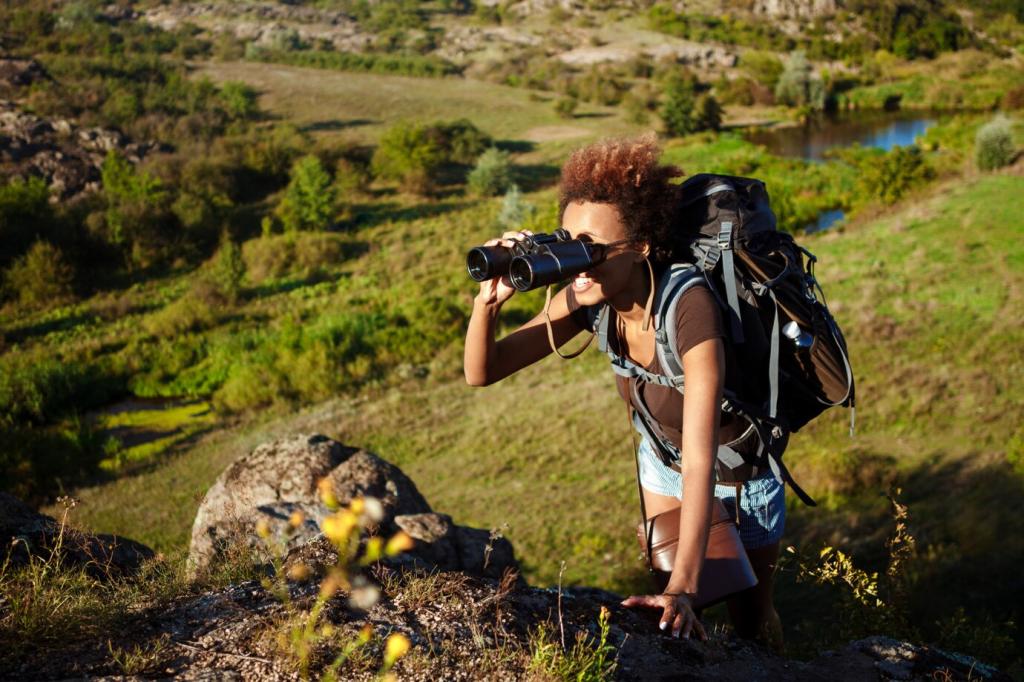Portable Tracking, Panoramas, and Motion
Lightweight trackers like the Star Adventurer or SkyGuider Pro ride easily in a backpack. Balance carefully, level the wedge, and use a phone app to locate Polaris or Sigma Octantis. In wind, lower the profile or skip tracking—sharp, untracked stacks beat wobbly tracked frames.
Portable Tracking, Panoramas, and Motion
Shoot vertical frames with 30% overlap to stitch a clean arch. A simple nodal slide reduces parallax if foreground is close. One chilly canyon night, that workflow delivered a seamless Milky Way sweep over our glowing tent, a print that still makes me smell sagebrush.





